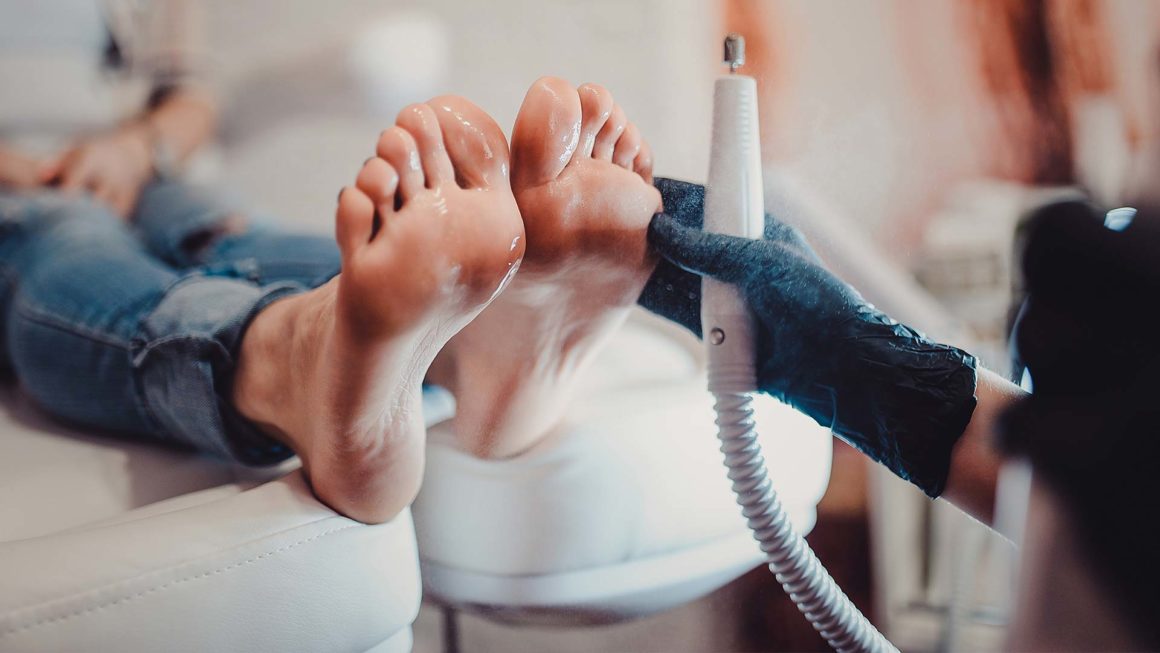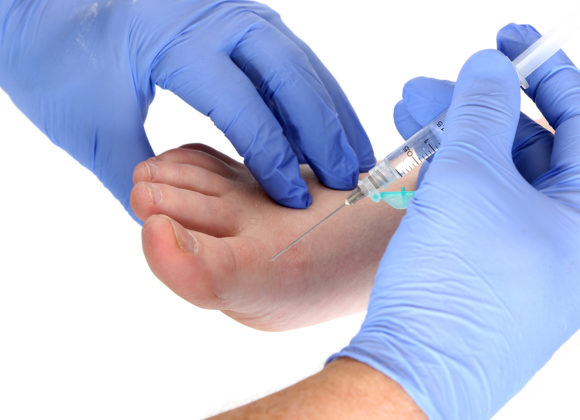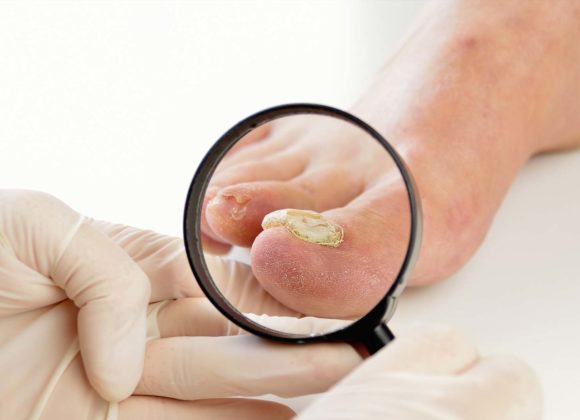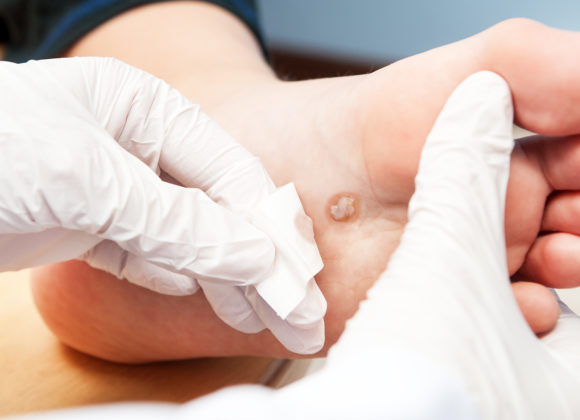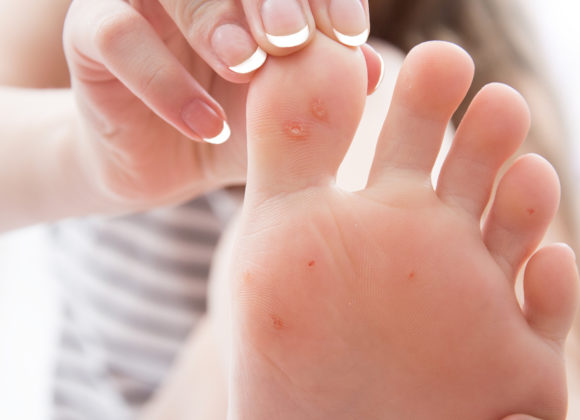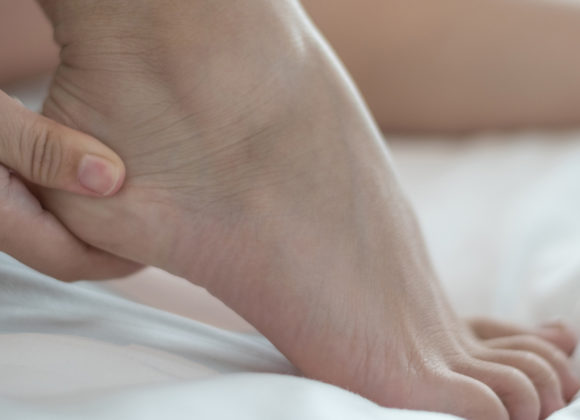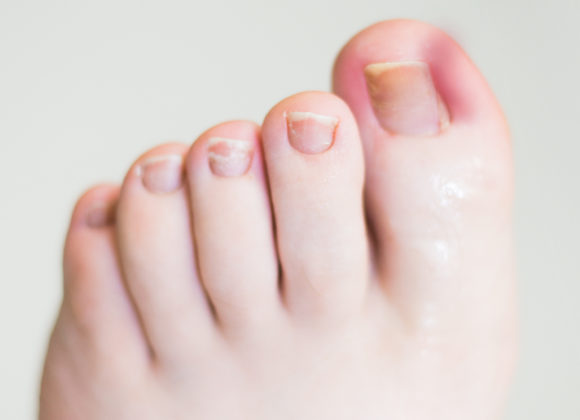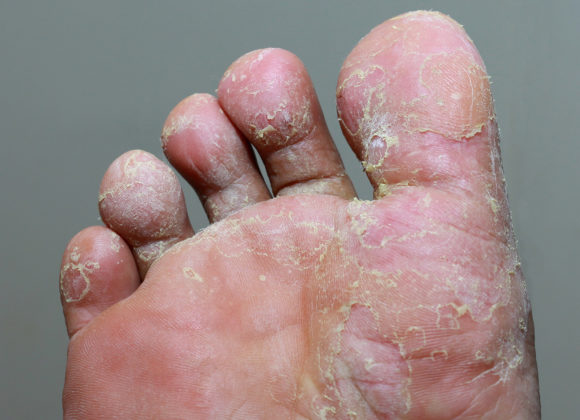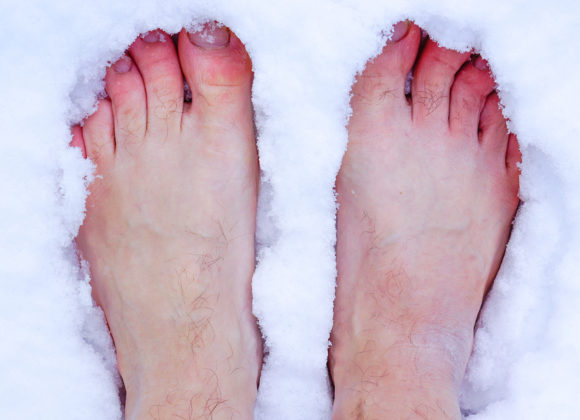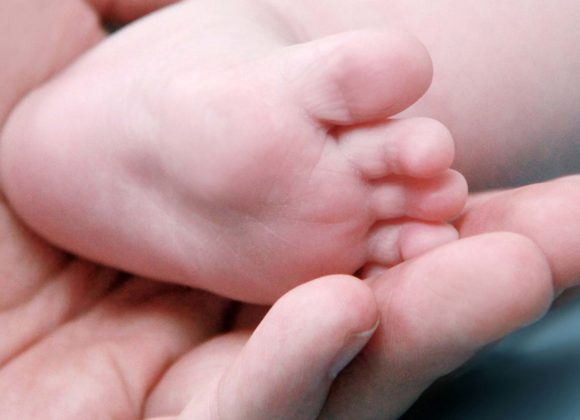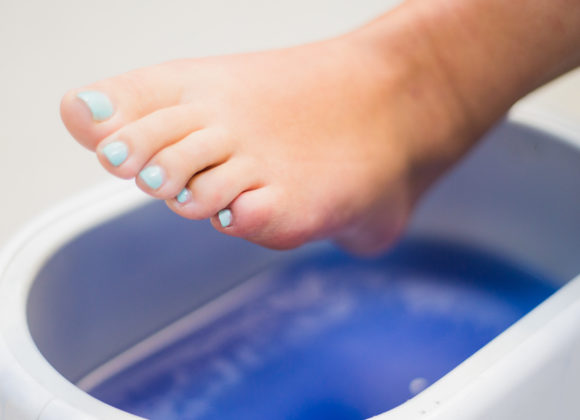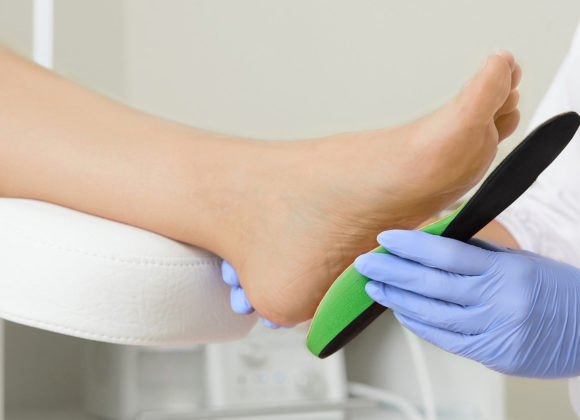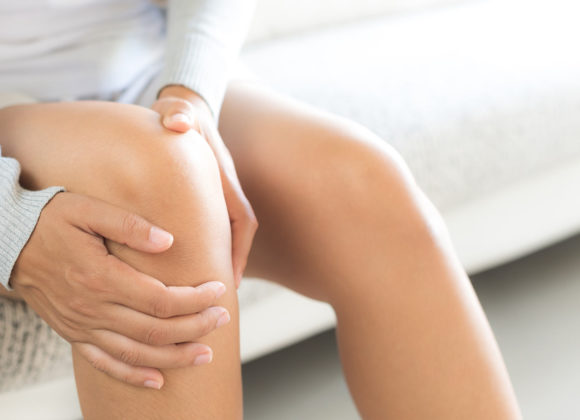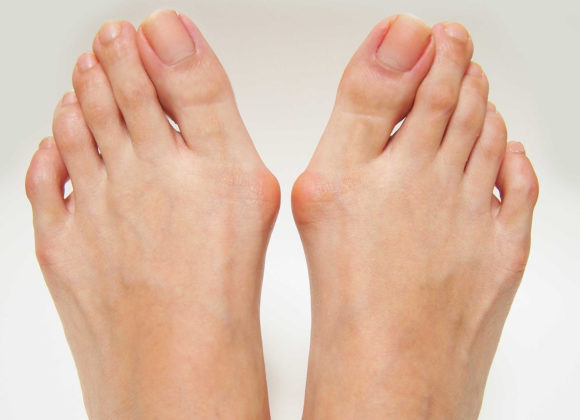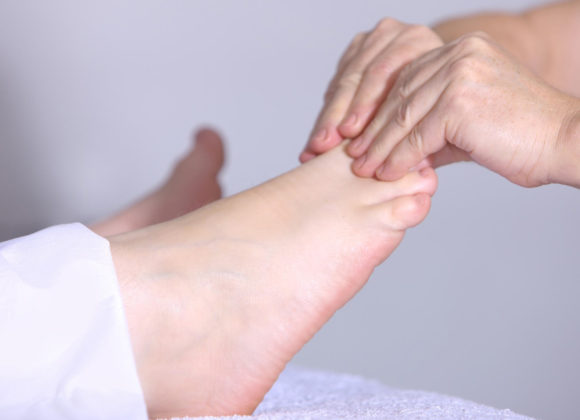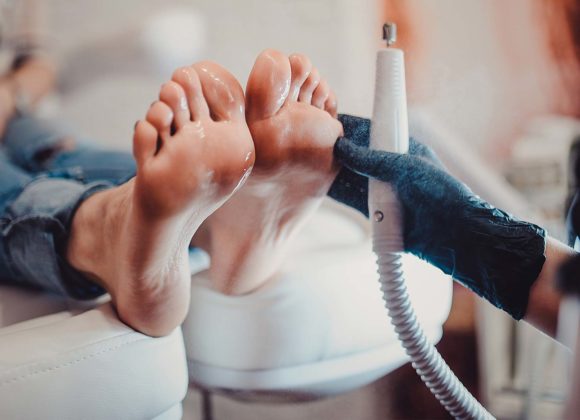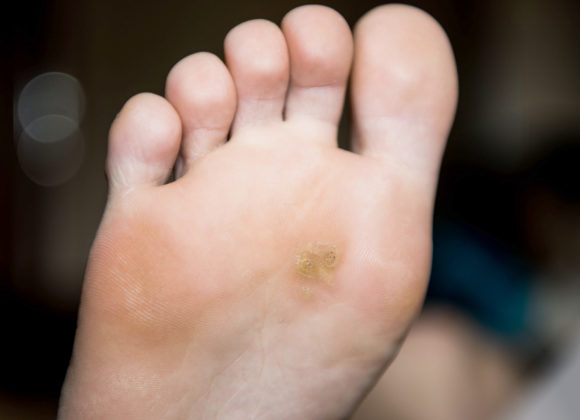Diabetes affects the feet in two major ways:
1. Poor circulation, causing the skin to become dry, thin and break easily. Decreased blood supply to the feet impairs healing of small cuts or abrasions which may then become vulnerable to infection.
2. Peripheral neuropathy from damages nerves. Neuropathy may cause abnormal foot posture and weight distribution, resulting in calluses, blisters and even pressure ulcers. A cut may go unnoticed and, if not attended to, become infected.
These problems can be avoided by good control of your blood sugar levels and by working with your doctor, podiatrist and other health care professionals to prevent problems from occurring.
Daily hygiene check list
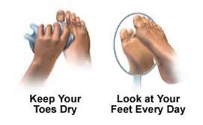
- Examine your feet each day. If unable to see, use a mirror or ask someone else to help. Look for cracks, bruises, swelling, heat and pain. Remember to check between the toes.
- Wash your feet each day in warm water. Check the temperature before immersing your feet. Use mild, non-perfumed soap. Never soak your feet for more than 5 minutes.
- Dry your feet carefully, especially between the toes. Moist areas are prone to infection. If still moist, use methylated spirits between the toes. Use a moisturising cream on dry skin each day.
- Never apply cream between the toes.
- Wear footwear made from natural fibres (cotton or wool socks, leather shoes). Make sure they are the correct length that do not cramp your toes or cut into your feet or legs.
- Examine shoes for exposed nails, stones, or loose linings that will injure your feet.
- NEVER wear shoes without hosiery and NEVER walk bare-footed.
- Allow free circulation of blood. Don’t wear tight footwear or sit with legs crossed.
- Keep feet warm constantly and, if they become cold, warm them slowly
- Take care not to cut nails too short and DON’T cut the edges down.
You should get a total feet check up at least once per year by a podiatrist.
For more information, call us on 03 9735 1273


